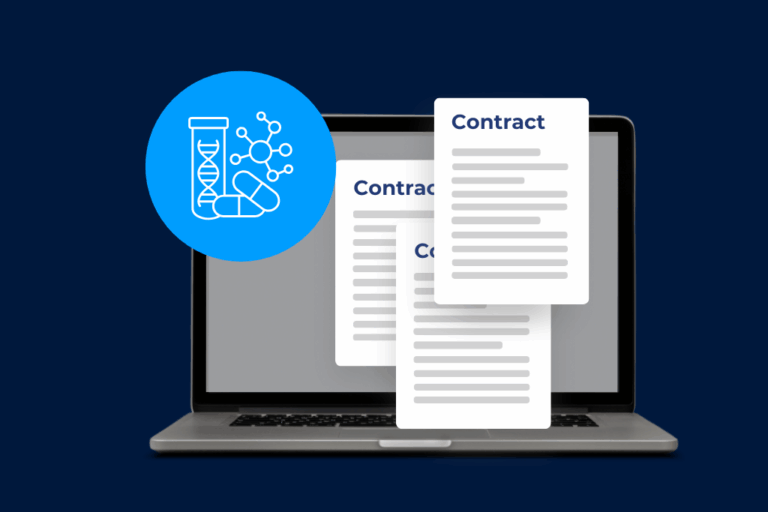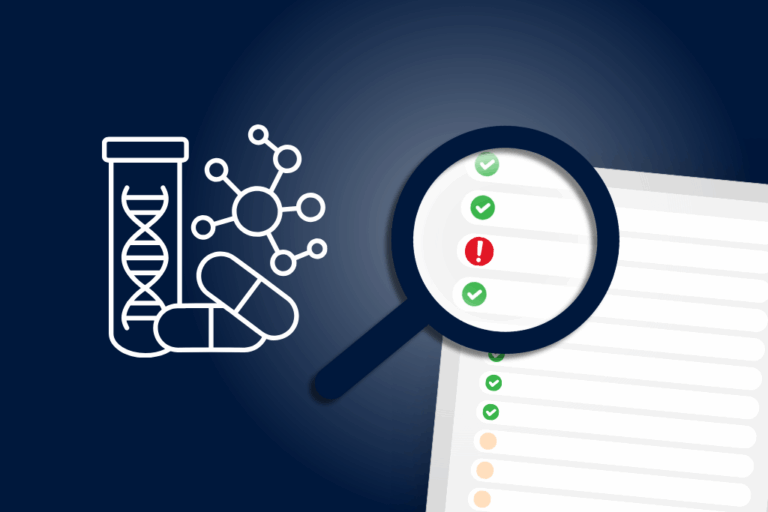In LegalTech, digital trust can’t be a simple promise. It must be a provable posture. Bring Your Own Key (BYOK) provides verifiable encryption boundaries in cloud solutions, enabling organizations to answer a growing question from boards and regulators: “Who really controls the data?”
As scrutiny rises, so must transparency.
Key Takeaways:
Why Trust in SaaS Is Under Pressure
As organizations expand their digital operations, reliance on cloud-native platforms, including board management, contract lifecycle management, and legal matter management tools, has surged.. But with this convenience comes a challenge. How secure is the data stored in the cloud? As the saying goes, “a chain is no stronger than its weakest link”.
Regulations such as the GDPR, or more regional specific ones like the NESA framework in the UAE, have added more pressure. Compliance and legal leaders must prove that data is not only encrypted, but also under their direct control. Here’s where BYOK comes into play.
What Is BYOK—and Why Does It Matter?
BYOK allows organizations to generate and manage their own encryption keys instead of relying on the software provider to do so. Some service providers seamlessly integrate this capability with their customer’s existing Key Management System (KMS).
This enables the following:
To make it simple, this means your organization, not your cloud vendor, controls the encryption perimeter.
When Data Sovereignty Meets Operational Assurance
In highly regulated industries like finance, energy, healthcare, and public services, encryption alone is no longer enough. Internal security policies often demand verifiable guarantees that data can’t be accessed without the client’s authorization. Furthermore, organizations themselves tend to have a preference for data sovereign centered solutions.
BYOK answers that call by aligning SaaS architecture with sovereign data control. It reinforces 2 key principles:
1. Geopolitical neutrality: BYOK allows data controllers to remain compliant with regional requirements (e.g., GDPR, CNIL, HIPAA) regardless of vendor location.
2. Operational clarity: Organizations can demonstrate exactly where keys are stored, who controls them, and when they’ve been used, turning uncertainty into auditable proof.
The Governance Angle: What Boards and Regulators Want to See
Board members and regulators increasingly expect security practices that go beyond basic vendor certifications. Questions like “Who can access sensitive information in the event of a breach?” or “How is access monitored and logged?” now carry weight in boardroom decisions and compliance evaluations.
BYOK offers a powerful answer to both. It shifts the narrative from trust-based vendor relationships to control-based governance practices.
For General Counsel and compliance leaders, this ensures risk mitigation efforts are clearly aligned with legal obligations, and audit readiness is simplified through detailed access logs and encryption trails. Perhaps most importantly, the organization can confidently communicate its security posture to regulators and partners.
The Importance of a Seamless Integration
BYOK integrates seamlessly without requiring changes to existing infrastructure. Depending on your chosen provider, it can fit into your environment via a guided and secure setup, working in harmony with your KMS.
That means your IT and legal teams can activate this control layer without operational downtime. On another hand, from a change management perspective, BYOK is as much a strategic upgrade as a technical one.
Data Sovereignty as a Strategic Priority
With Bring Your Own Key, organizations reclaim control of one of the most critical assets in digital transformation: their data. By doing so, it moves SaaS security from a passive checkbox to an active governance tool.
Ready to Make Encryption Work on Your Terms?
Explore how BYOK fits into your governance strategy by speaking with your DiliTrust Account Manager today.
Whether you’re using the DiliTrust Board Portal, Contract Management, or Legal Entity Management solutions, adding BYOK isn’t just about encryption, it’s about assurance.


